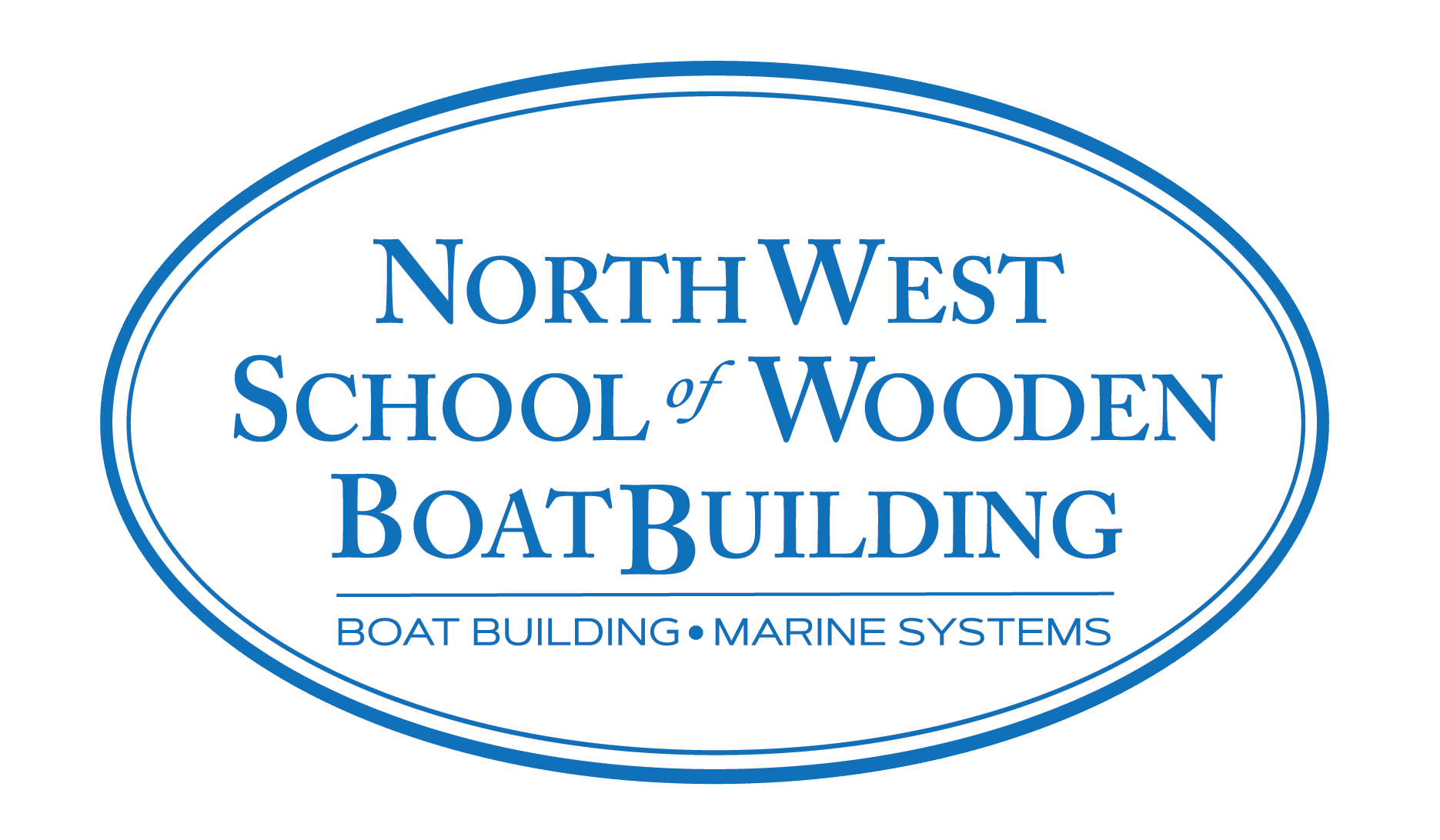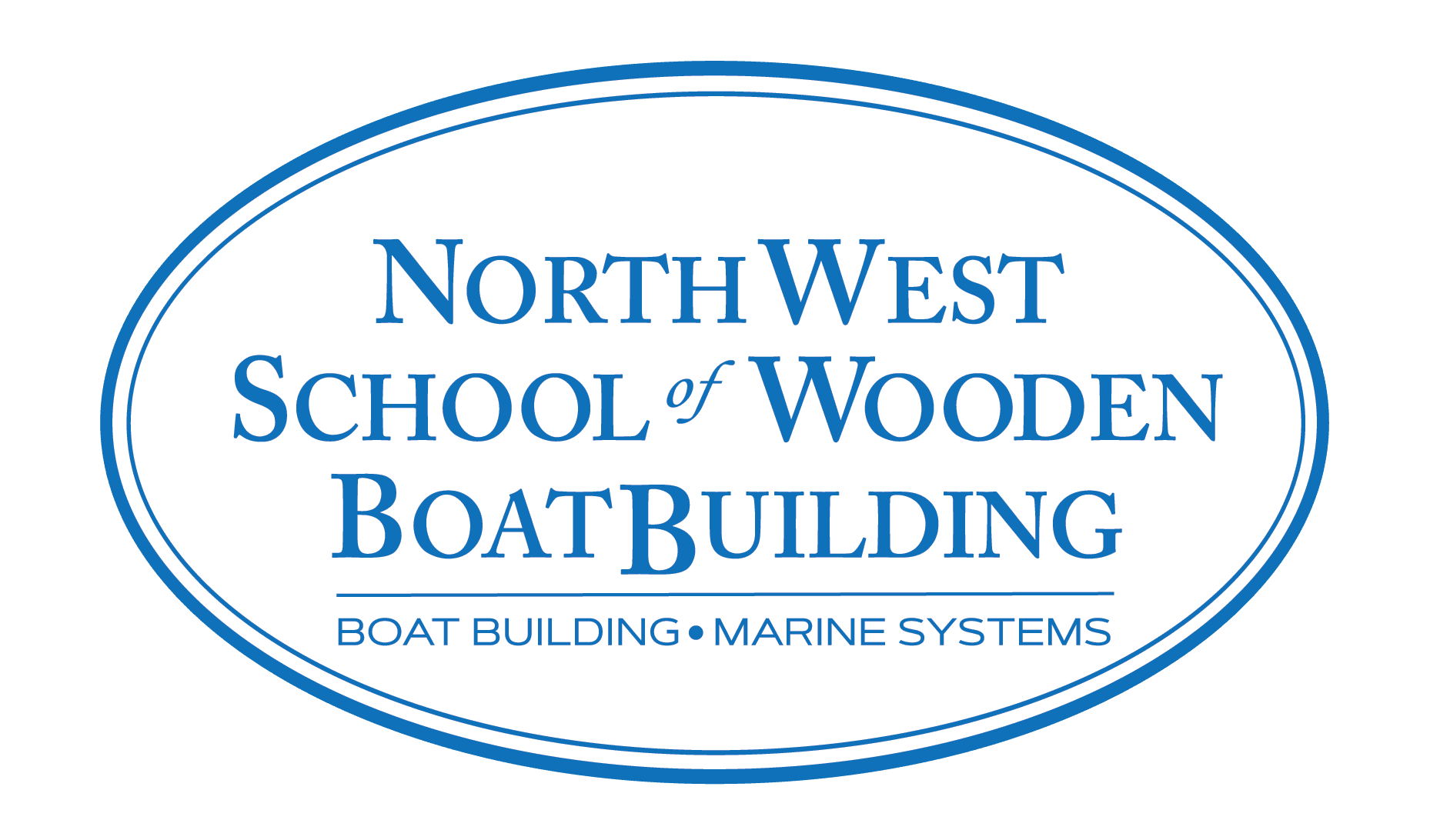The new technique relies on cutting the plywood panels to exact size and butt-jointing them. It is common now, in order to increase production efficiency, to place the panels either on the inside or outside of a mould where they are held in place with temporary screws. But sometimes not even a jig is required on the smallest boats. The panels are often simply butt jointed and fastened together using radiused epoxy fillet joints. Bulkheads fitted later running longitudinally and transversely in the hull make up the remaining element of the monocoque structure and these are bonded in using epoxy fillets often reinforced with glass tape. ‘Tortured’ ply is another method which is ideally suited to using epoxy adhesive. This method involves simply bending thin sheets of plywood to shapes over a jig or within a mould. Commonly used to construct small wooden catamarans the bent plywood becomes highly stressed but is nevertheless efficient in providing stiff and durable hulls.
Source: SP Systems. This article was derived from ‘Wooden Boat Const. Meth.pdf’ which can be downloaded from the SP Systems website.
For more information on this source please visit SP Systems


